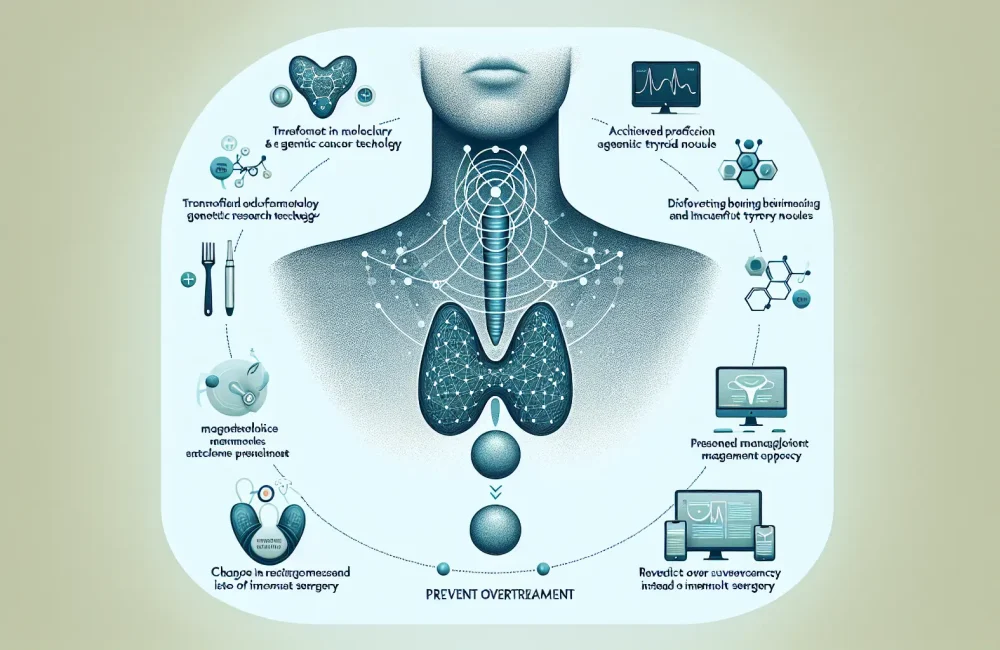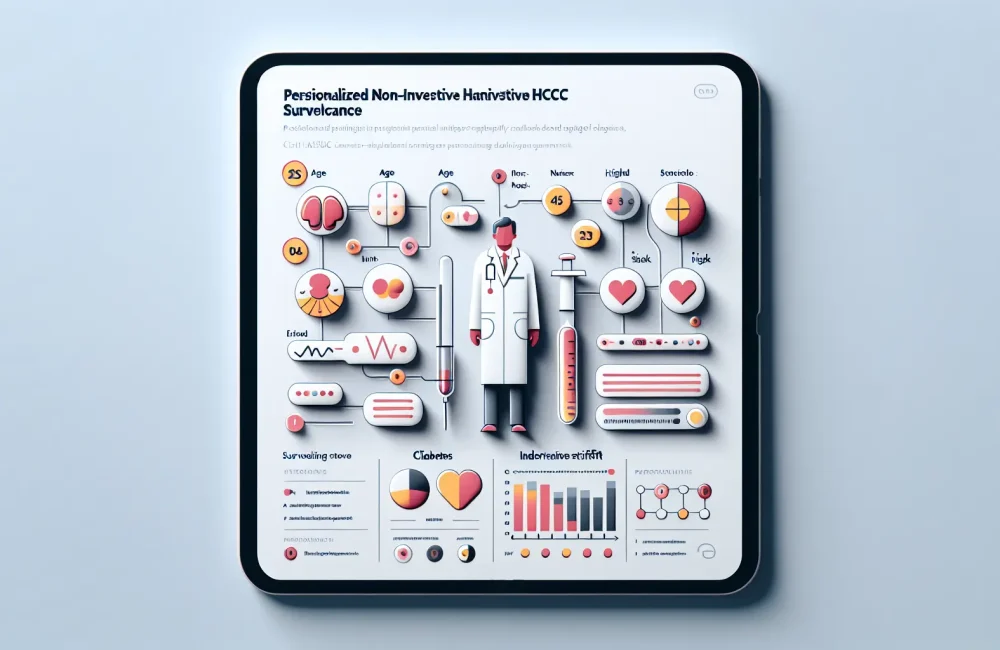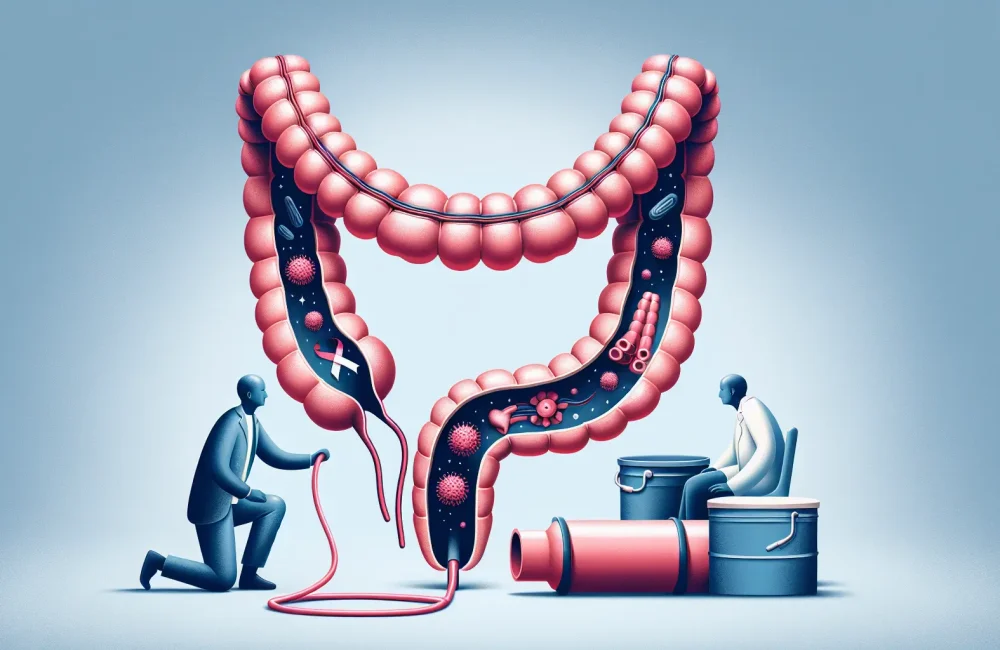By CAFMI AI From Gut
Colorectal Cancer Risk After First Surveillance Colonoscopy
Colorectal cancer (CRC) remains one of the foremost causes of cancer-related illness and death globally, making effective preventive strategies critically important in clinical practice. Colonoscopy with polypectomy is well established as a key intervention to reduce CRC risk by removing precursor lesions. After initial polypectomy, surveillance colonoscopy is recommended to detect and manage any new or missed adenomas that could progress to cancer. However, clinicians face uncertainty regarding the optimal timing and frequency of surveillance colonoscopies to best balance cancer prevention with procedural risks and healthcare resources. This retrospective cohort study examined CRC incidence following the first surveillance colonoscopy among patients who had baseline polypectomy, utilizing data from a large national colonoscopy database collected over 13 years, from 2010 to 2023. The study population comprised 45,000 individuals, with a balanced distribution of low-risk and high-risk adenomas characterized at baseline. The overall incidence of CRC after the first surveillance colonoscopy was low but significant, measured at 0.2%. Stratified by adenoma risk, patients with low-risk adenomas exhibited a considerably lower CRC incidence of 0.1%, whereas those with high-risk adenomas at baseline faced a higher incidence of 0.4%. Importantly, cumulative CRC incidence escalated with extended follow-up duration post-first surveillance, highlighting persistent risk over time. These findings emphasize that while the initial surveillance colonoscopy effectively reduces risk, it does not entirely eliminate it, particularly among high-risk patients.
Clinical Implications and Personalized Surveillance Strategies
The clinical implications of these results are pivotal for guiding surveillance protocols in real-world practice. Patients classified with high-risk adenomas based on size, number, and histological features demonstrated the greatest benefit from closer and more frequent surveillance colonoscopies to mitigate their elevated risk of CRC development. Conversely, in patients with low-risk adenomas, the data support the potential safety of extending surveillance intervals, thereby reducing the burden of repeated invasive procedures without compromising cancer prevention. This risk-stratified approach aligns with goals to optimize resource utilization and patient comfort, avoiding over-surveillance where unnecessary while maintaining vigilance where clinically indicated. The study also underscored the benefit of ongoing surveillance beyond the first follow-up colonoscopy, where additional surveillance provided further reduction in CRC incidence. These insights advocate for a shift toward personalized surveillance intervals tailored to individual risk profiles rather than a one-size-fits-all schedule recommended by earlier guidelines. Such personalization should consider baseline adenoma characteristics combined with patient-specific factors including age, comorbidities, and prior colonoscopy quality.
Guideline Context, Limitations, and Future Directions in Surveillance Care
Contextualizing these findings within existing guidelines reveals an evolving landscape for CRC surveillance recommendations. Current major guidelines often endorse intervals based primarily on initial polyp pathology, but this study supports refining these intervals further by incorporating real-world incidence data post-first surveillance. Limitations of the study include its retrospective design, potential for selection bias in surveillance adherence, and reliance on recorded data accuracy. Additionally, CRC incidence remained low overall, which necessitates careful consideration when proposing any de-escalation of surveillance intensity to avoid missed cancers. For clinicians, the study reinforces the importance of thorough baseline risk assessment and judicious planning of follow-up schedules. Patient counseling should address the rationale for ongoing surveillance despite low cancer rates after the first colonoscopy, emphasizing that surveillance colonoscopy is a preventive tool that continues to significantly reduce cancer risk over time. Red flags warranting prompt evaluation include new symptoms such as rectal bleeding, anemia, or weight loss, which could signal interval cancer development or other pathology requiring timely investigation. Primary care providers play a crucial role in coordinating care, ensuring appropriate referrals for surveillance, and facilitating patient adherence. Future research should focus on prospective validation of personalized surveillance intervals, integration of molecular or genetic risk markers, and strategies to enhance patient-centric care pathways, ultimately improving outcomes and resource allocation in colorectal cancer prevention.
Read The Original Publication Here






